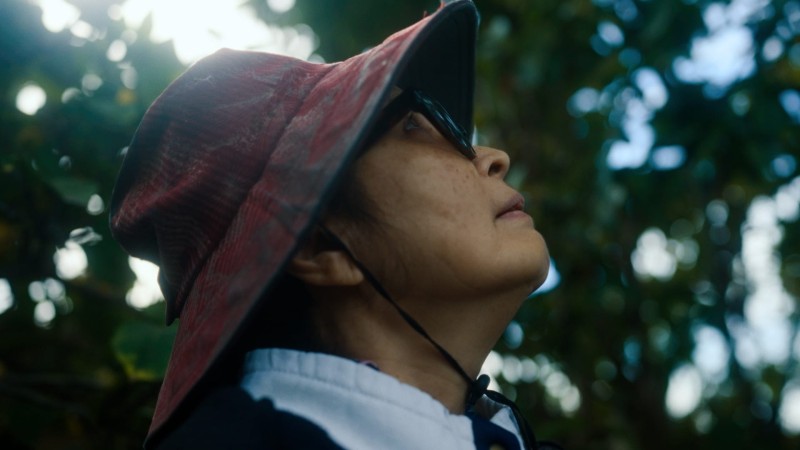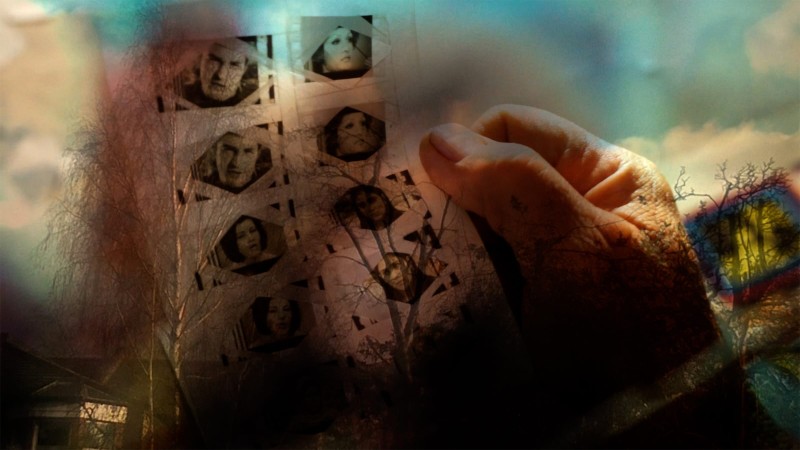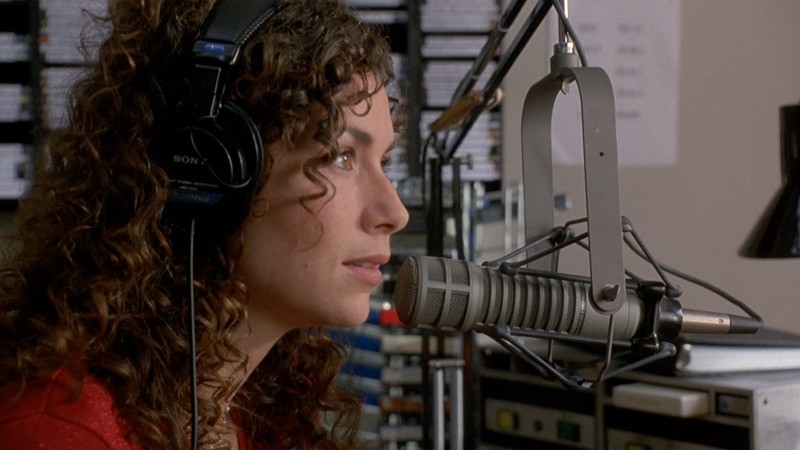Memories of a Vibrant Moment in Asian American Cinema

Has Asian American cinematic representation really reached unprecedented heights, as almost all recent film coverage on the subject claims? In the past two years, critics’ polls, New York Times features, and Golden Globes scandals have marked the newfound success of Asian American indie filmmakers like Lee Isaac Chung (Minari), Lulu Wang (The Farewell), Chloé Zhao (Nomadland), and Cathy Yan (Dead Pigs), many of whom have upcoming studio projects. What’s been represented in this conversation so far, though, is a fairly limited range of the vibrant work that Asian American filmmakers have been making for decades.
To understand our contemporary moment, we must look back at the 1980s and ’90s, when cultural media organizations and film festivals that supported Asian American filmmakers robustly programmed a diversity of aesthetic approaches. The history of Asian American cinema and production actually stretches back even further, beginning at the turn of the twentieth century, a period that scholars like Denise Khor have been uncovering. But the standard narrative starts with Wayne Wang’s seminal Chan Is Missing (1982) and proceeds directly to Justin Lin’s Better Luck Tomorrow (2002) and the globalized commercial success of Jon M. Chu’s “boba liberal” romantic comedy Crazy Rich Asians (2018), riding the flow of finance without umbrage and leaving little space for creators who question and actively push against industrial boxes and algorithmic frames. The ’90s were indeed a breakthrough decade for directors like Wang, who also made The Joy Luck Club (1993); Oscar winner Ang Lee; and Lin, whose first feature is the piercing, underseen cult classic Shopping for Fangs (1997), codirected by transgressive queer filmmaker Quentin Lee. Aside from recognizing the success of “bad boy” Gregg Araki, however, the art-house establishment has tended to neglect stories about the experimental and truly independent filmmaking practices thriving during this decade.
When we launched the first edition of our streaming series My Sight Is Lined with Visions: 1990s Asian American Film & Video in May 2020, it was intended to challenge the assumption that the history of film and its makers follows a linear path. Our working title for the series was “Underground Asian American Film,” but we quickly realized that this term was a bit of a misnomer. Though all of these films and videos were produced independently, many of them were broadcast on public TV and received theatrical releases. They traveled internationally on the film-festival circuit, and distributors brought the filmmakers on tour. Even the works that draw more from the avant-garde tradition were shown at Asian American film festivals as well as in museum contexts. Nevertheless, everything in the lineup is unjustly obscure and underappreciated today, begging the question of why these films are erased not only in the Asian American media space but also in the more general experimental and independent cinema space.







